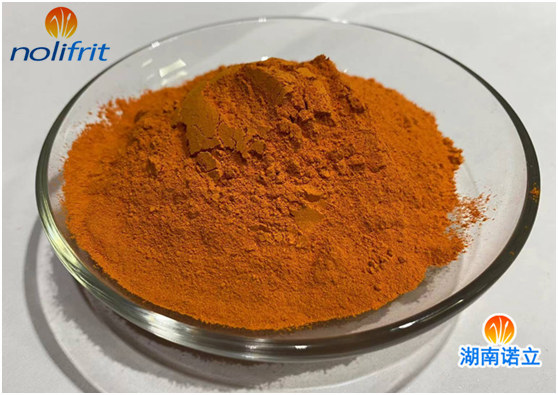Cadmium Yellow (Cadmium Sulfide) Enamel Pigment In
The three basic colors that can no longer be decomposed are called the three primary colors: red, yellow, and blue. They can mix the colors of all the pigments. Among inorganic pigments, Cadmium yellow pigment is a highly universal pigment. It can be combined with red pigment (cadmium red) in any ratio to make colored glazes with various tones ranging from yellow to red. It can be combined with chrome green to make a yellow-green colored glaze. Cadmium yellow and blue pigment can be combined to get green, while emerald green is composed of lemon yellow and malachite green. Therefore, cadmium yellow is one of the essential pigments for industries such as enamel, ceramics, glass, coatings, plastics, art paints, printing inks, papermaking, leather, colored sand, building materials, and electronic materials.

Cadmium yellow includes light yellow, normal yellow, dark yellow and orange. Its chemical composition is basically cadmium sulfide (CdS) or a solid solution of cadmium sulfide and zinc sulfide (CdS•ZnS), so it is directly called cadmium sulfide. The color of cadmium yellow is bright and saturated (saturation can reach 80%~90%), and the color spectrum ranges from light yellow → normal yellow → red light yellow. Cadmium yellow containing ZnS, its yellowness becomes lighter with the increase of the solid solution amount of ZnS, until it becomes light yellow. Cadmium yellow is insoluble in water, alkalis, organic solvents and oils, slightly soluble in 5% dilute hydrochloric acid, soluble in concentrated acid, dilute nitric acid and boiling dilute sulfuric acid (1:5).
Its advantages are strong tinting power, excellent light fastness, good weather resistance, no migration and no bleeding. Its disadvantage is that although it is safe in colored products, it is still a toxic pigment. In the application process, it is necessary to pay attention to whether the dissolution of lead and cadmium meet the requirements of relevant standards, and pay attention to safety when contacting powder. Cadmium pigment dust has adverse effects on human breathing and kidney function.